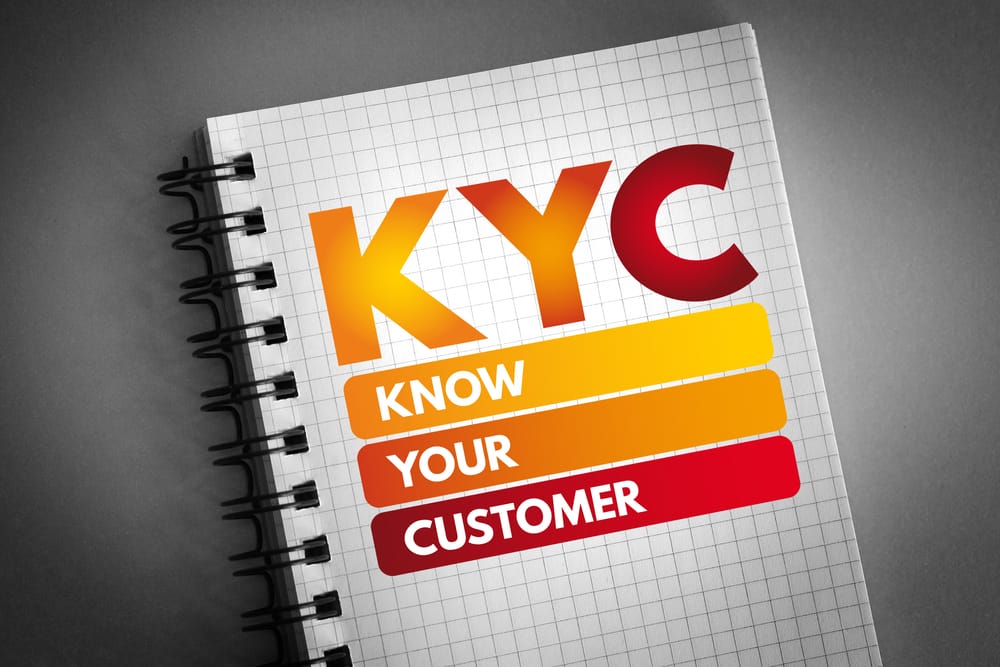Compliance is a critical component for fintech companies to operate legally and ethically in a highly regulated environment. This article explores best practices and strategies for ensuring compliance in fintech.
Best Practices for Ensuring Compliance
1. Develop a Comprehensive Compliance Program
Description: Establish a detailed compliance program that outlines policies, procedures, and responsibilities.
Steps:
- Policy Development: Create clear policies defining the scope and objectives of compliance.
- Procedural Guidelines: Develop guidelines for implementing compliance measures.
- Compliance Team: Form a dedicated team to oversee and manage compliance activities.
Benefits:
- Consistency: Ensures a uniform approach to compliance across the organization.
- Accountability: Defines roles and responsibilities, promoting accountability.
- Efficiency: Streamlines compliance processes, reducing the risk of errors and non-compliance.
2. Leverage Technology
Description: Utilize advanced technologies to enhance the efficiency and effectiveness of compliance processes.
Tools:
- Regulatory Intelligence Systems: Implement systems that provide real-time updates on regulatory changes.
- Data Management Systems: Use robust systems to collect, store, and manage compliance-related information.
- Automation Tools: Employ automation tools to streamline compliance tasks and reduce manual effort.
Benefits:
- Efficiency: Automates time-consuming tasks, reducing manual effort.
- Accuracy: Improves the accuracy of compliance activities.
- Security: Provides robust security measures to protect sensitive information.
3. Conduct Regular Training
Description: Provide regular training to employees on regulatory requirements and best practices.
Steps:
- Training Programs: Develop comprehensive training programs for employees at all levels.
- Regular Updates: Update training materials regularly to reflect regulatory changes and emerging trends.
- Interactive Sessions: Use interactive sessions, case studies, and simulations to enhance learning.
Benefits:
- Knowledgeable Staff: Ensures employees are well-informed about regulatory requirements and best practices.
- Improved Compliance: Enhances the ability to detect and report compliance issues.
- Compliance Culture: Fosters a culture of compliance within the organization.
4. Monitor and Audit Compliance Processes
Description: Implement monitoring and auditing mechanisms to ensure ongoing compliance with regulatory requirements.
Steps:
- Regular Audits: Conduct regular internal audits to assess compliance with regulatory policies and procedures.
- Real-Time Monitoring: Use real-time monitoring tools to detect and address compliance issues promptly.
- Continuous Improvement: Implement feedback mechanisms to continuously improve compliance processes.
Benefits:
- Compliance Assurance: Provides assurance that the organization meets regulatory requirements.
- Risk Mitigation: Identifies and mitigates compliance risks proactively.
- Operational Integrity: Enhances the overall integrity of compliance operations.
5. Engage with Regulatory Authorities
Description: Maintain open communication with regulatory authorities to stay informed about changes and expectations.
Steps:
- Regular Updates: Engage in regular communication with regulatory bodies to stay updated on changes.
- Feedback Mechanisms: Use feedback from regulators to improve compliance measures.
- Industry Collaboration: Collaborate with industry peers to share best practices and insights.
Benefits:
- Regulatory Awareness: Ensures the organization is aware of regulatory changes and expectations.
- Best Practices: Provides insights into best practices for compliance.
- Collaboration: Fosters a collaborative approach to compliance within the industry.
Ensuring compliance in fintech involves developing a comprehensive compliance program, leveraging technology, conducting regular training, monitoring compliance processes, and engaging with regulatory authorities. These best practices ensure comprehensive compliance and effective risk management.





